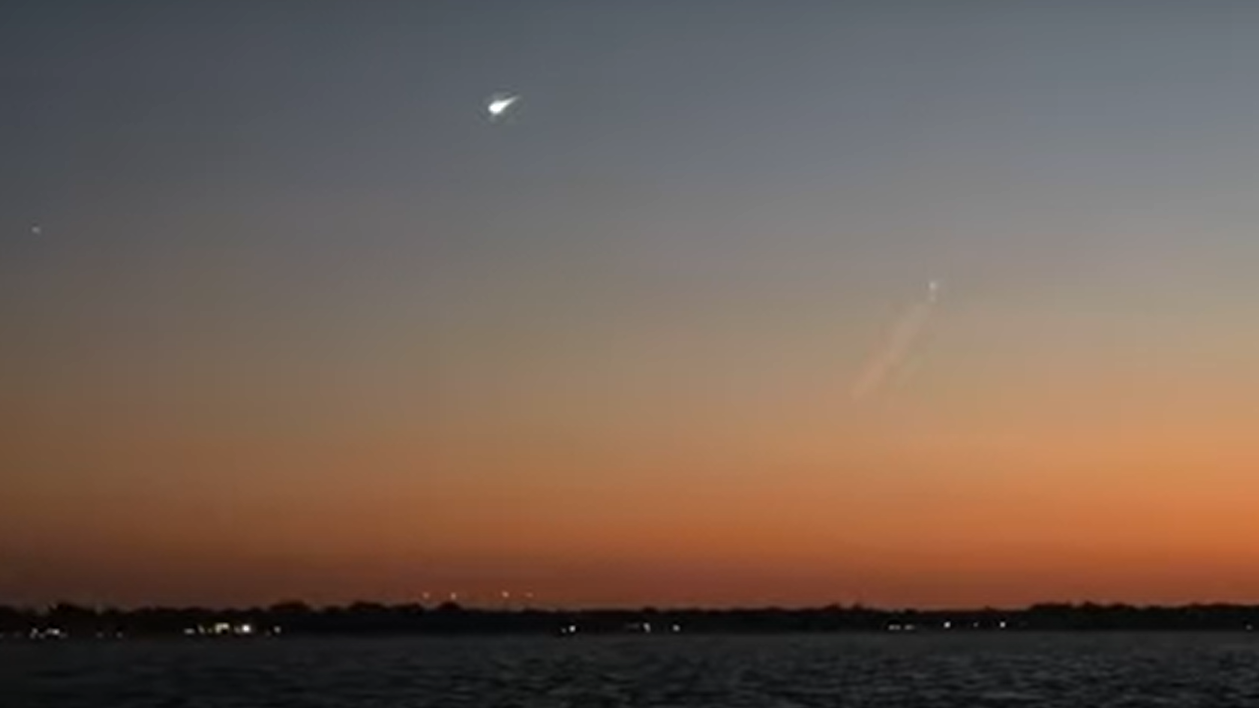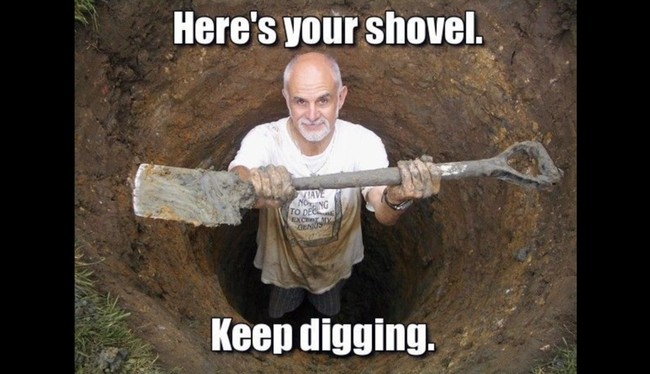
doyouremember.com
Priscilla Presley Shares Heartfelt Video Of Lisa Marie Presley’s Late Son On Posthumous Birthday
Following the release of Lisa Marie Presley’s posthumous memoir From Here to the Great Unknown, Priscilla Presley took to Instagram to remember the late star’s only son, Benjamin Keough, whose death she wrote a lot about in the book.
Monday, October 21 would have been Benjamin’s 32nd birthday had he not died by suicide in 2020. Lisa Marie herself died early last year from post-surgery complications, and Priscilla has paid tribute to the late mother and son with a throwback photo of them.
Fans join Priscilla Presley to remember Benjamin Keough
View this post on Instagram
A post shared by Priscilla Presley (@priscillapresley)
Accompanying the photo was a brief but heartfelt caption that reads, “You are missed, sweet Ben,” followed by a red rose emoji. Fans took to the comments with kind words for Priscilla and birthday wishes for her late grandson. “Happy heavenly birthday Ben…thinking of you all today. Lots of love xxx,” someone wrote.
Another pointed out that Benjamin looked a lot like Priscilla’s late ex-husband, Elvis Presley, whom she shared Lisa Marie with. “Ben looked so much like Elvis, but he was his own unique individual. It’s so hard to lose your family…Ben is with Elvis and Lisa Marie in Heaven together. We will never forget them,” they wrote.
Benjamin Keough/Instagram
Lisa Marie Presley reportedly died from heartbreak
Although Lisa Marie’s cause of death was ruled as underlying health problems, her daughter and Benjamin’s older sister Riley Keough says she died of a broken heart. She was unable to get over losing Benjamin, whose body she kept in her Los Angeles home for two months until his father, Danny Keough, convinced her to let go.
Lisa Marie Presley and son/Instagram
Lisa Marie chose to stay strong for her three girls, including twins Harper and Finley, but only for so long. 35-year-old Riley was also hit by the loss, and she gave her daughter Benjamin’s middle name, Storm, after tattooing his first on her clavicle. “There are no words for you. Angel is the closest I could think of,” she wrote of him at the time.
Next up: This ’30s Star Suffered A Lobotomy And Two Nervous Breakdowns In Life Of Tragedy
The post Priscilla Presley Shares Heartfelt Video Of Lisa Marie Presley’s Late Son On Posthumous Birthday appeared first on DoYouRemember? - The Home of Nostalgia. Author, Peace A















